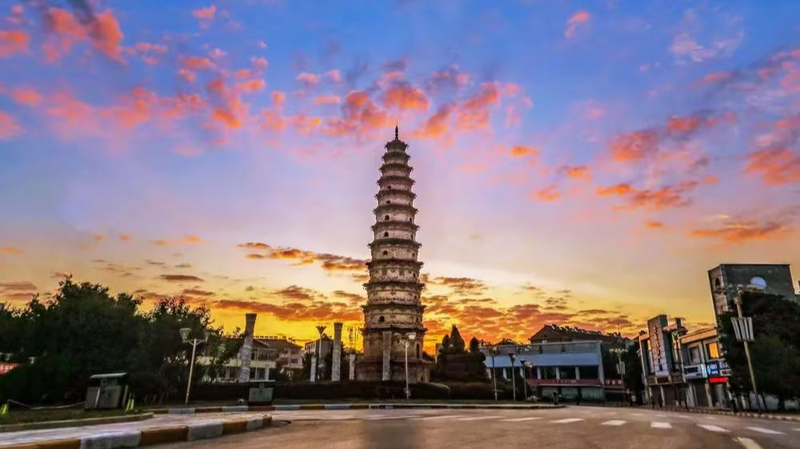High on the Chinese mainland’s mighty Loess Plateau, Shanxi Province once stood as a key battleground in the World Anti-Fascist War, where soldiers transformed humble black beans—supplies meant for horses—into sustaining flour. Decades later, the echoes of that resilience are drawing a new generation of global travelers to the region’s burgeoning red tourism scene.
In the Jin-Sui Border Region’s rolling hills, black beans symbolize wartime ingenuity. What began as a necessity has become a living exhibit: visitors to ecological parks in Xing County can grind these beans on hand-operated stone mills, reliving the resourcefulness of soldiers in Songjia and Caijia villages.
Meanwhile, commemorative tours in Wuxiang County take guests to Duancun, the once-fortified Japanese stronghold whose capture by the Chinese army marked a turning point on this front. Interpretive trails, interactive exhibits and on-site markers bring history to life for culture-hungry visitors.
But Shanxi’s appeal extends beyond red tourism. The Thousand Buddha Pagoda stands as a silent witness to centuries of spiritual devotion, while the plateau’s wind-sculpted gorges and terraced fields frame unforgettable vistas. This blend of natural beauty and storied past offers a rich tapestry for travelers seeking more than just a museum visit.
Local tourism boards report a steady rise in visitors to heritage sites, driven by digitally savvy explorers and young professionals eager to connect with authentic stories of resilience. From hands-on workshops to guided hikes, Shanxi’s revival is sparking new economic opportunities and cultural exchanges.
As the province honors its revolutionary roots, it also forges a dynamic future—one where the valor of the past fuels renewal and invites the world to witness a land that refuses to stand still.
Reference(s):
Shanxi Province bears witness to the brilliance of the revolution
cgtn.com




